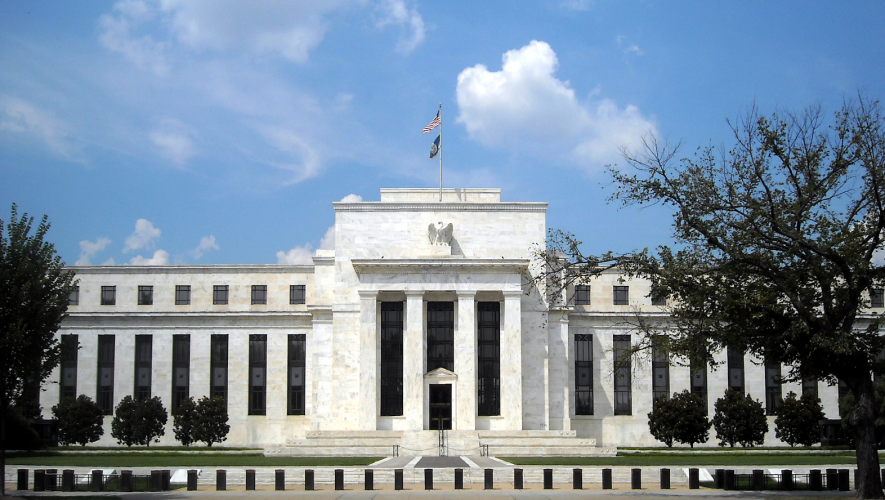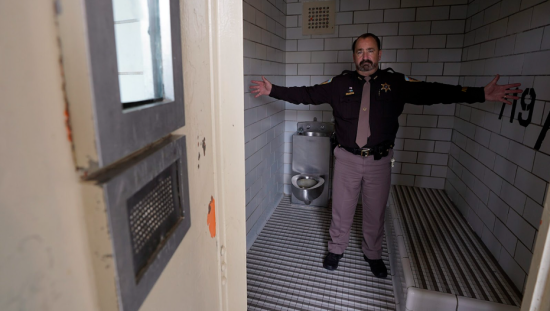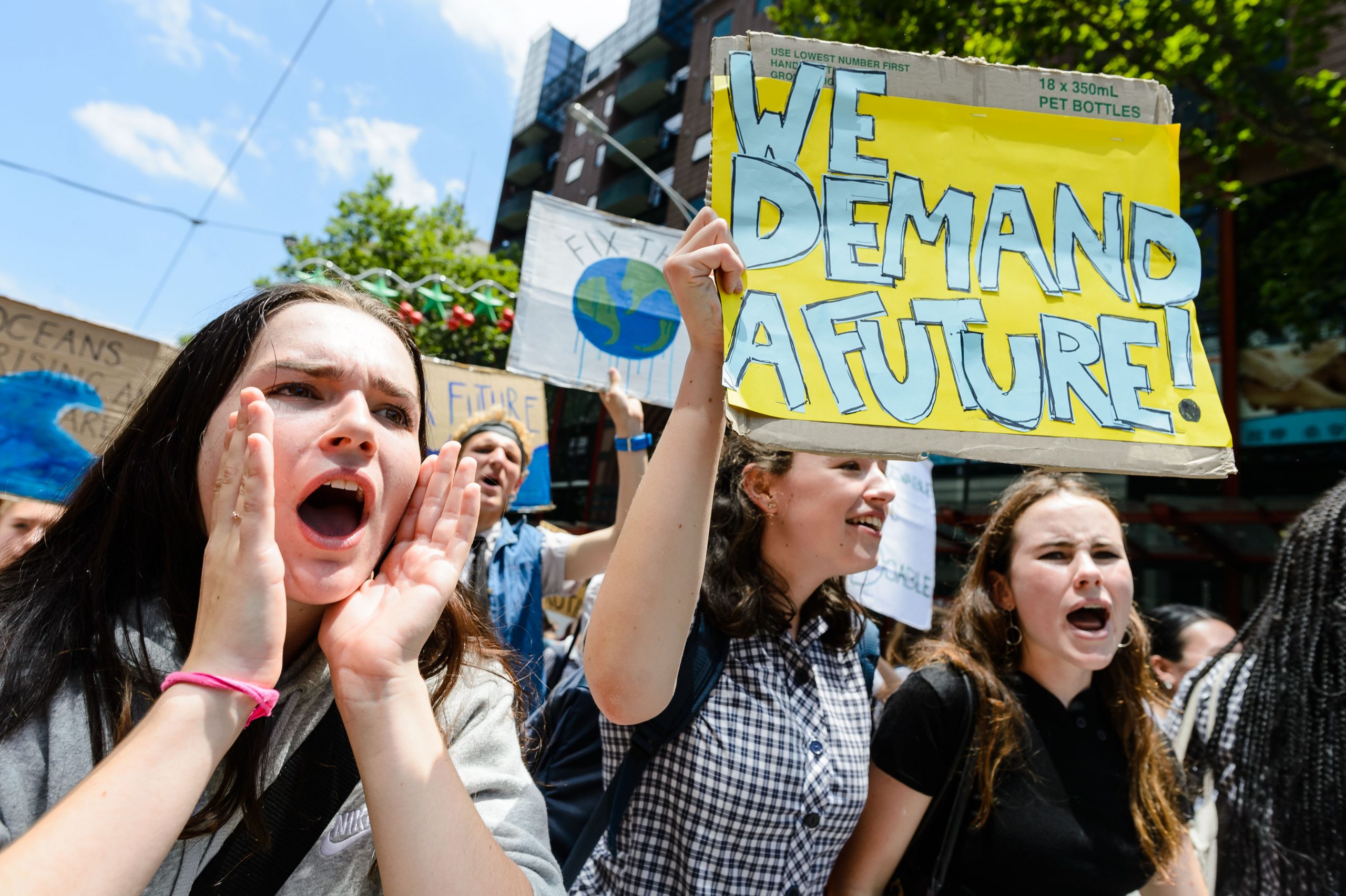You see the picture right there? The one of the Federal Reserve headquarters? You see the trees growing in front of it?
They’re the closest we’ve come to money growing on trees.
That’s because the Fed governors inside have a special tool, one they’ve used plenty during the pandemic to inject liquidity into large financial institutions and markets. It’s called quantitative easing (QE) and it’s immensely helpful in times of economic distress.
But a more imaginative use of it just might hold the key to another massive economic problem: student debt.
***
The easiest explanation of QE is that the Fed prints money to boost the economy.
The detailed explanation is that the Fed creates new reserves and uses them to buy long-term securities in the open market. This lowers interest rates and gives banks cash, incentivizing them to stimulate the economy by lending, investing, and buying new assets. The Fed uses easing to lower interest rates further than it can using conventional monetary policy.
The Fed used QE during the 2008 crisis and the ensuing recession, buying more than $4 trillion in bonds, mortgages, and other assets. Most economists think it aided the recovery.
QE also helps to keep the inflation rate around two percent, which most economists consider healthy for preventing hyperinflation. Under normal economic conditions, massive easing would launch inflation to unwanted highs. We cannot simply print money whenever we choose. But deflation becomes a threat during a recession, so large-scale QE becomes a sensible policy to maintain inflation at target levels.
From the beginning of the pandemic through the end of August, the Fed did roughly $2.7 trillion in easing. It bought Treasury bonds and mortgage-backed securities, boosting the prices of these assets and thus benefiting the banks selling them. It bought corporate bonds and the high-yield funds that invested in them.
The central bank also sought to make borrowing cheaper and easier. Bolstered by a grant of emergency authority from Treasury Secretary Steven Mnuchin, it loaned hundreds of billions of dollars directly to corporations, banks, businesses, nonprofits, and state and local governments. It insured hundreds of billions in municipal bonds and corporate debt. It slashed several important interest rates and encouraged banks to use their liquidity buffers to lend more.
The Fed was trying to keep credit flowing to capital markets, households, and businesses so the financial system wouldn’t amplify economic shocks. It supplied banks with unlimited liquidity so they wouldn’t pull back on loans. It propped up the Treasury market, which is the foundation for many other markets at home and abroad. In essence, it tried to limit permanent economic damage. This is why financial markets are doing fairly well even as the economy withers.
But these actions represent a narrow view of economic damage, one that prioritizes assistance to large financial firms and hopes that the benefits trickle down to the public. We need a broader view, one that helps both institutions and people.
Student debt is a great place to start. Fifty years ago, part-time jobs usually provided enough income to pay for college. Costs have exploded since, with private schools costing three-and-a-half times more and public schools costing four-and-a-half times more. After the 2008 recession, costs rose and state governments slashed funding; they’ve never fully rebounded.
Couple that with a sluggish post-recession recovery and you have a titanic debt problem. Forty-four million Americans (roughly one in seven) hold student debt, with the national bill totaling $1.6 trillion. Students with $20,000 to $40,000 in debt—a fairly typical amount—take an average of twenty-one years to pay it off.
Student debt also exacerbates racial disparities. While the gap between the average debt held by Black and White students is not stark, White borrowers pay down their debt two-and-a-half times faster than Black borrowers. This is unsurprising given the substantial income and wealth gaps between the two groups.
Though college is not essential for everyone, it is necessary for many professions. College graduates face an easier job market and earn 80 percent more on average than do high school graduates. But they pay a steep price. Indebted students are less likely to attend grad school. Twenty-one percent delay marriage, 26 percent delay having children, and 36 percent delay buying a home. Of the millennials who haven’t purchased homes, 56 percent cite student debt or a lack of savings as the primary reason. Fourteen million millennials live with their parents, unable to afford loan payments and rent at the same time.
Student loans also have the staying power of a malignant tumor. They are nearly impossible to discharge in bankruptcy court and, barring a lobotomy, you cannot return your education to settle loan payments like you could return a car or home. They stunt your job potential when employers check your credit. The federal government can seize your tax refunds and income when you default, as three in ten borrowers do. Because major credit bureaus treat student loans like any other installment loan, falling behind on payments torpedoes your credit score and makes borrowing harder.
This is a problem worth going to great lengths to solve. The pandemic, both by creating a need for stimulus and enabling safer quantitative easing, gives us the reason and means to do so. But the mechanics are tricky.
Before the Fed can forgive debt it has to buy it, and the $1.6 trillion student debt mountain is owned by different lenders. Most of it comes from federal loans, and a large chunk is owned directly by the Department of Education. Because the DoE’s debt isn’t available on the markets where the Fed operates, Congress would likely need to legislate to facilitate the transactions. Since this debt forgiveness plan arguably circumvents Congress, the legislature probably wouldn’t love the idea.
Federal Reserve Chairman Jerome Powell testifies before Congress.
But there are still hundreds of billions in loans the Fed could more easily forgive, partially solving the debt problem. Because partial forgiveness requires less easing, the Fed would still have bandwidth to continue its assistance to essential financial institutions. And since quantitative easing simply plays with existing debt, it would not balloon the deficit.
This would be a radical move for the Fed, which, while politically independent, is temperamentally conservative and generally disinclined to do this sort of thing. Congress and many observers would likely consider the Fed to be overstepping its mandate. But the scope of the problem warrants drastic action. Plus, if the Fed appears to get serious about forgiving debt, it could spur Congress and the president to act in order to avoid ceding authority.
Some might consider debt forgiveness illegitimate and immoral, or the forgiving of only some student loans unfair. Fair enough. But it is also immoral and unfair to charge young people prices they cannot pay for something many of them need. Morality and fairness might also dictate that young people, whose spending could make the difference in the post-pandemic recovery, be afforded at least some slack when large financial institutions are receiving hundreds of billions of dollars in relief.
A combination of congressional legislation and executive action has suspended loan payments for most student borrowers until the end of this year, with no penalty or accrual of interest. But borrowers will eventually have to repay large sums in an economy recovering from the worst recession in a century. This is a stopgap, not a solution. Through quantitative easing, the Fed can make a meaningful dent in the debt pile, or at least threaten action to push the executive and legislature to act.
This move would be unprecedented. But times are unprecedented, as are the actions central banks have taken to address them. A more creative, inclusive form of quantitative easing can bolster the economy and help struggling student borrowers at the same time.
In a year when the pandemic has shown how unforgiving American capitalism can be to anyone without savings, the nation’s largest financial institution can give those people reason to believe there’s a light at the end of the tunnel.




